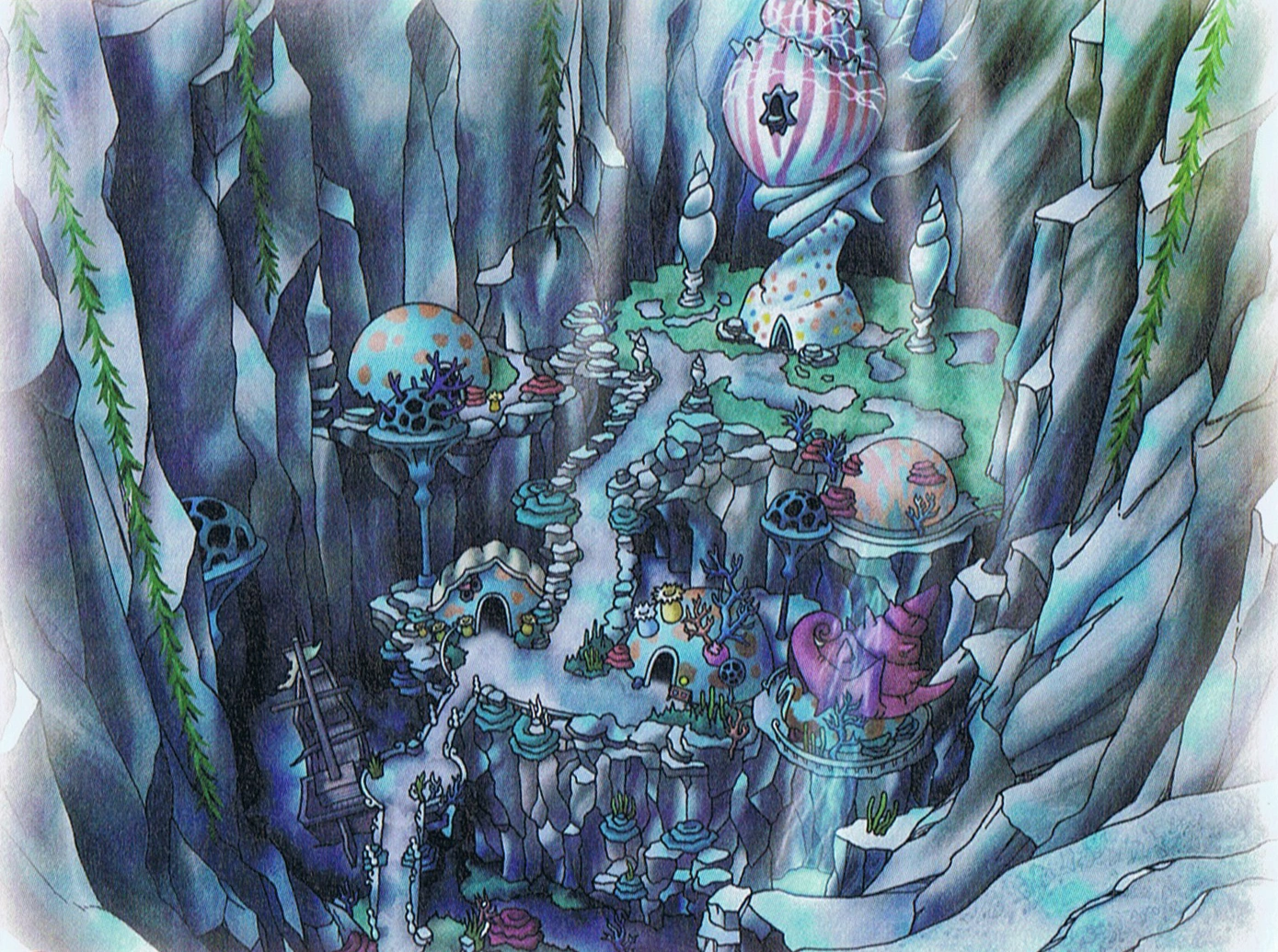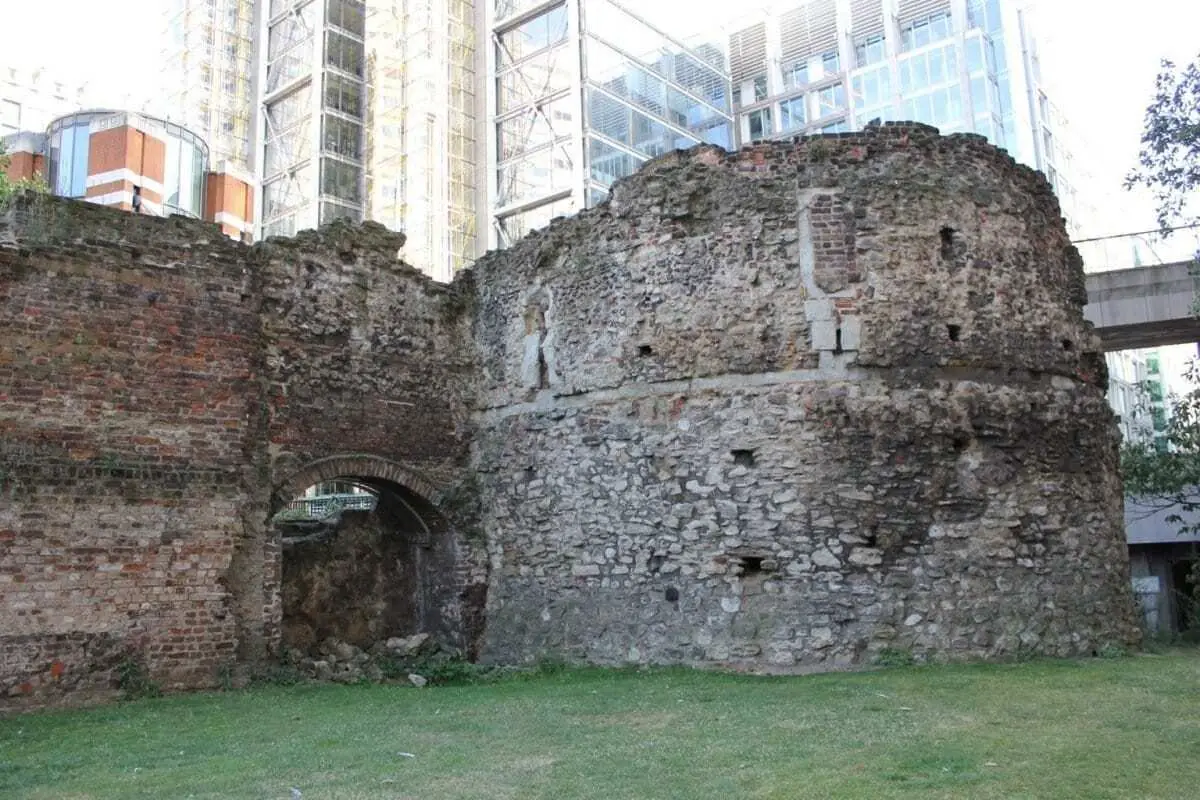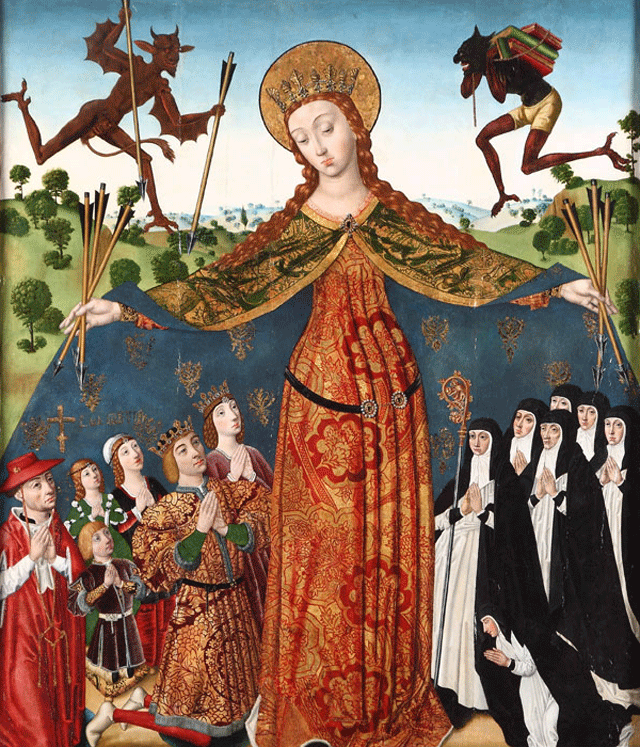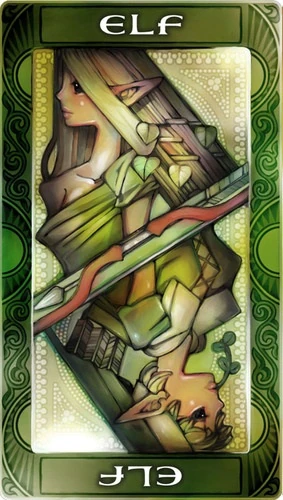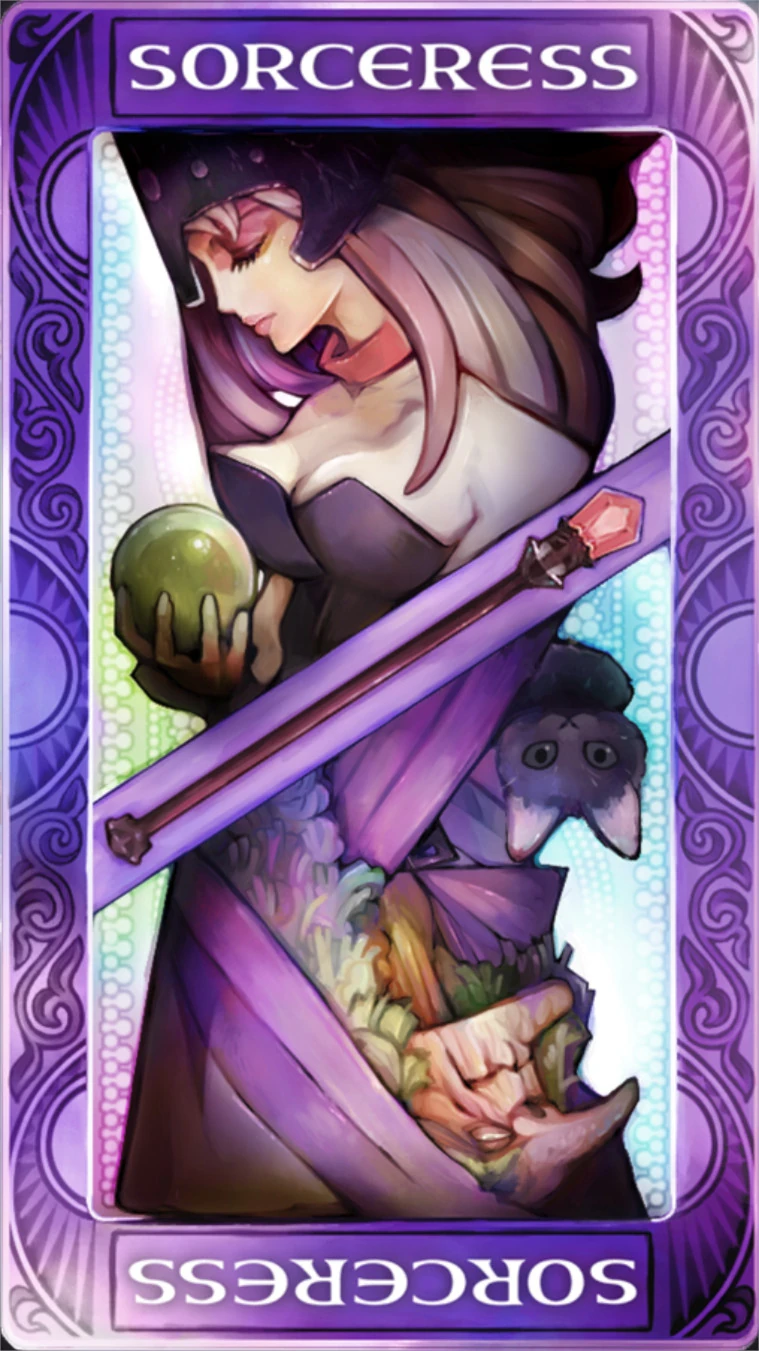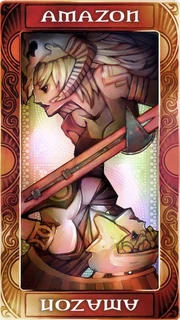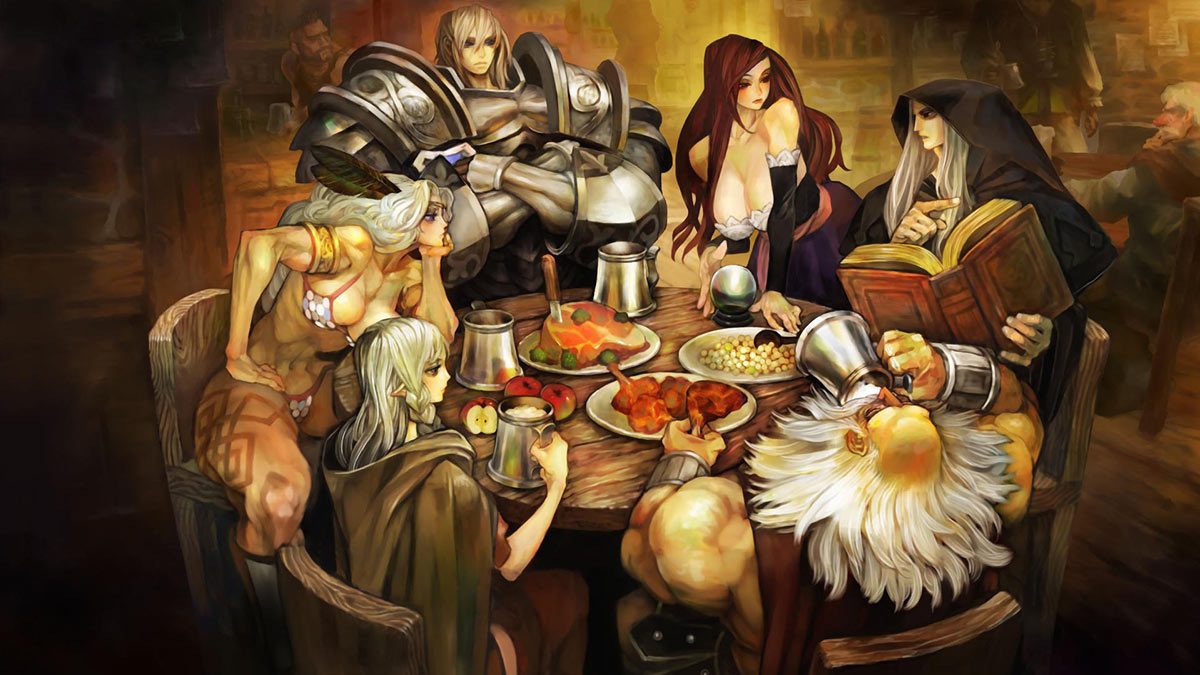(Psst - it's meant to be easy! Let players beat it quickly and creatively, but also reward them for exploring further. Another tip: have some nori or vaguely kelp-looking sweets, if such a thing exists, to give to your players if they decide to eat the bubble kelp.)
The players find themselves shipwrecked, washed up on the shore of a small island.
Inland from the beach they see a dense jungle, and beyond that, rising above the canopy, a lighthouse. Seabirds lazily circle the top of the red-and-white striped tower, from which no light shines.
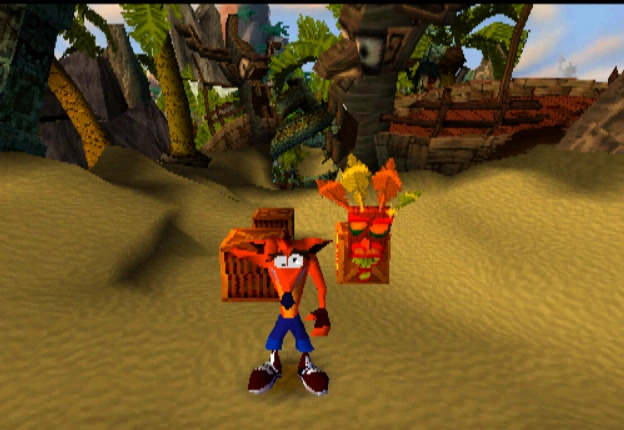 |
| *marimba riff* |
White-gold sand and calm, crystal water. Michelle, a curious mermaid, has swum into the shallows to see if you're ok. She says that visitors rarely come here since the light in the lighthouse went out.
She knows little else about the island, being a sea creature. If the players return here later with some way of breathing underwater, she will offer to take them to Shell Town.
There are small, flighty fish swimming in the shallows that could be caught with a net or rod.
The Jungle
A sandy trail leads into the thick foliage, the air hot and steamy and full of the chatter of animals.
Just off the trail, a withered old pirate captain named Belinda Barnacles lives in a ramshackle treehouse (her ship, utterly wrecked and crashed into a tree) with her pet parrot, Pedro. She's unused to seeing other people and is easily startled, possibly unhinged, but friendly enough. She remembers that the lighthouse went out about a year or so ago, but knows little else.
Capt. Barnacles has a Plant Club, which she carries like a walking stick, using its Magic Spell to grow her food. If the players inquire about it she'll assume they want it, and will ask for a mango lizard in trade (if she gets one, she promptly feeds it whole to Pedro).
If players spend too long wandering the jungle, they come across a snake. There is a nearby plant that acts as antidote to the snake's venom - the character most likely to know about plants (due to eg. high WIT or a relevant backstory) will recognise it.
The Lighthouse
The jungle clears as the ground slopes up to the island's centre, where the lighthouse stands. Shuffling and banging noises can be heard from inside.
There is only one entrance to the lighthouse, on the side to which the jungle trail leads. On the opposite side of the building, a mango lizard is basking high up on the wall. (A Swing could stun it and knock it down on a critical hit - Target 10.)
The lighthouse interior is comprised of 3 levels:
Level 1
A dark, echoey warehouse space that smells of dust and mould. Crates are stacked against the wall, all empty, and a spiral staircase runs along the edge of the space to a landing, then continues to an upper floor.
There are three goblings, one of each variety (the wizard uses the Star Club's spell), chittering and conspiring in the main ground floor space. They will defend their hideout, but flee upstairs the second a combat turns against them.
Some large heavy barrels are on the landing, held up by shelving that looks old and worn (Target 10 from the lower floor - a critical sends the barrels tumbling down like Donkey Kong, defeating any goblings below.)
Level 2
The goblings are guarding a stash containing a heart potion (restores 1 heart), a Star Club, a fishing rod with a can of bait and several old comic books.
There is a bunk bed on this level, and a desk with some paper and pens next to a potted plant. The plant is of a variety none of the players have seen before with long, wavy blue leaves. Capt. Barnacles might know what it is (she does - it's bubble kelp, which lets you breathe underwater for a day if you eat it).
Level 3
A small, circular space. Archways along the walls serve as open windows to the sky outside.
A giant, smashed light bulb stands in the centre, not working. The machinery to power it is old and doesn't function (but could be revived by a Thunder Club). If the players can get a strong enough light of any kind to shine from the lighthouse, a ship will come and rescue them (adventure complete!)
The players can easily get the attention of the pelican flying outside, who perches on a little wooden rod protruding from the wall by one of the archways. He knows that the old lighthouse keeper used to keep the light running, but hasn't been seen on the island in over a year.
The pelican has a lavender conch in his beak and will trade it for food (fruit, fish, or a mango lizard). He can carry messages for his friends, or take one person at a time in his beak, back down to the beach or to anywhere else on the island, but no farther.
Shell Town
There is a small village deep below on the ocean floor, obscured under the waves. It's too far to swim unless you can breathe underwater.
Several giant conch shells serve as houses for the mermaid population, including a shop that sells souvenirs, run by a young mermaid named Crysta who is surprised to have customers. The mermaids' currency is a rare lavender-coloured conch - one conch will buy you any single item in Crysta's shop. The items are all funky shell jewelry, cool clubs that the players want, including a Thunder Club, as well as a large glowing rock that could be used as a giant lightbulb.
There is also a farm nearby that grows bubble kelp and various other nutritious sea vegetables, run by a monkfish named Gregg.
The town's mayor, Sandy, lives in the largest shell. She's worried about some rough-looking octopuses that live in a nearby shipwreck - they keep stealing food from the town and need to be taught a lesson. (The octopuses' treasure hoard contains many fancy jewels, a Fire Club, and a gold crown that lets the wearer walk on water.)
The mayor's husband is an old human who eats bubble kelp for breakfast every day. He vaguely remembers being a lighthouse keeper.
